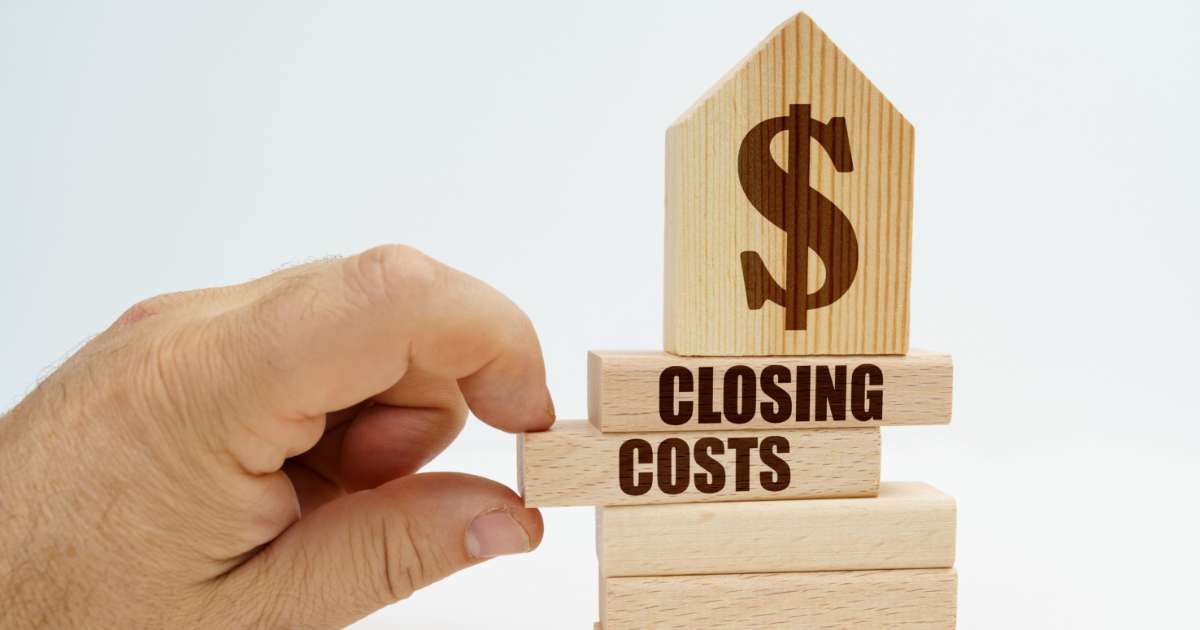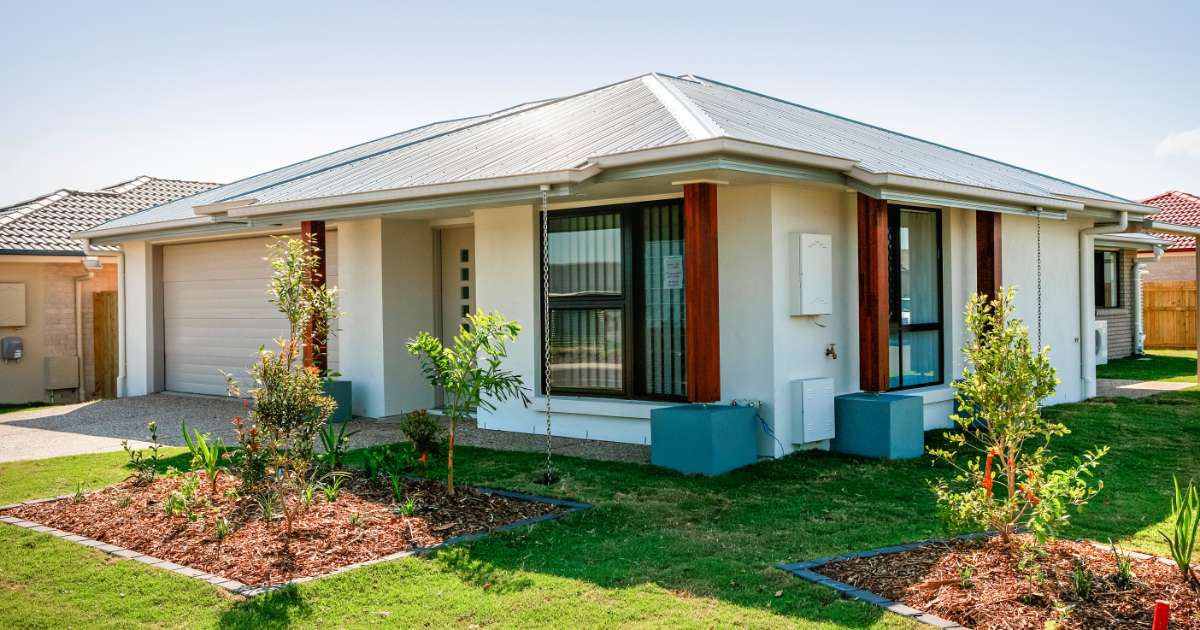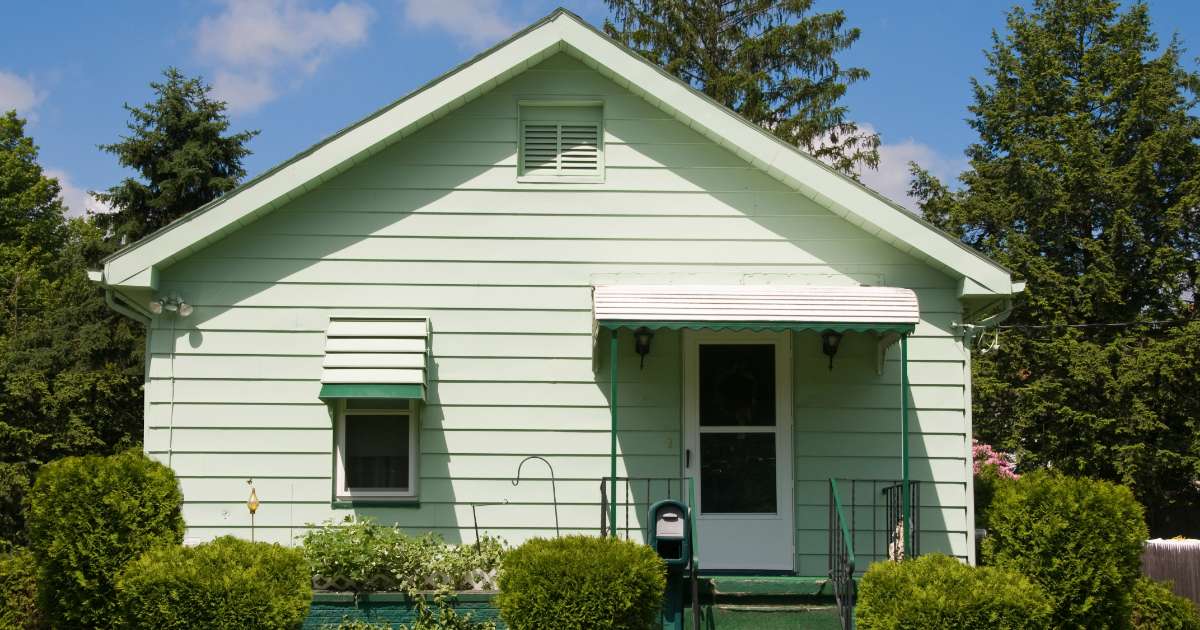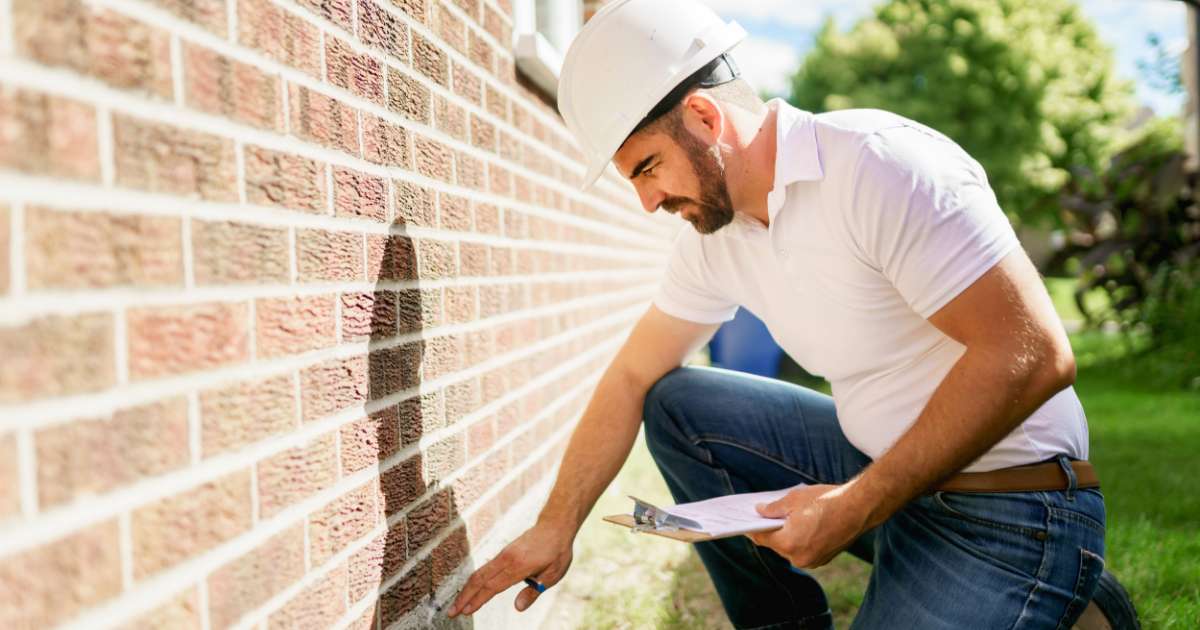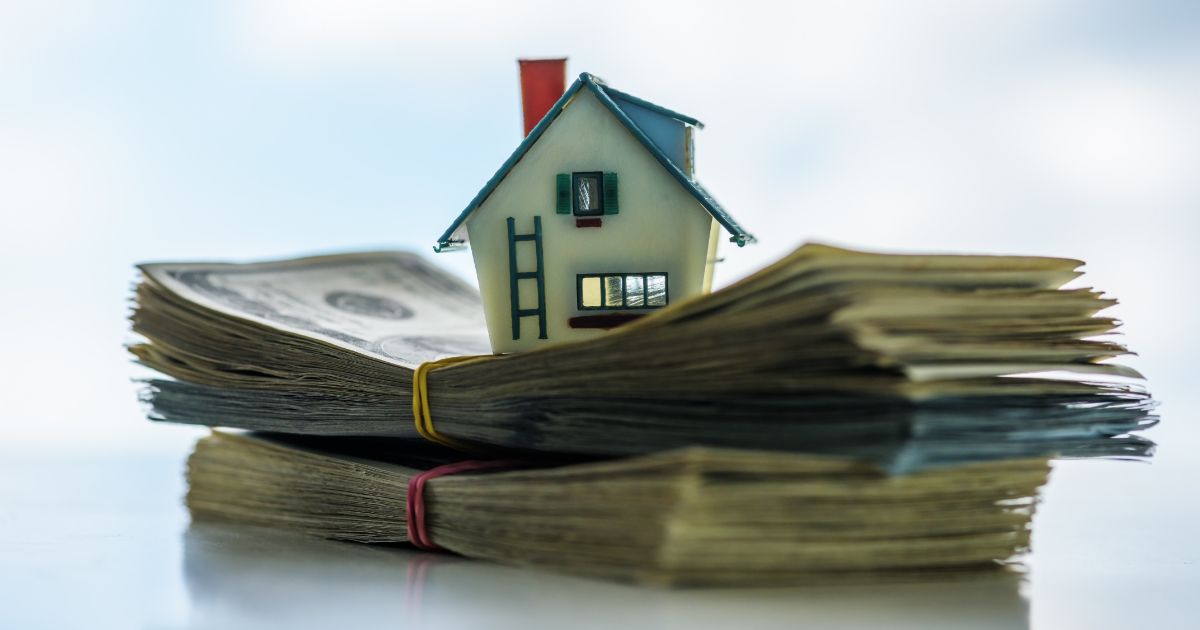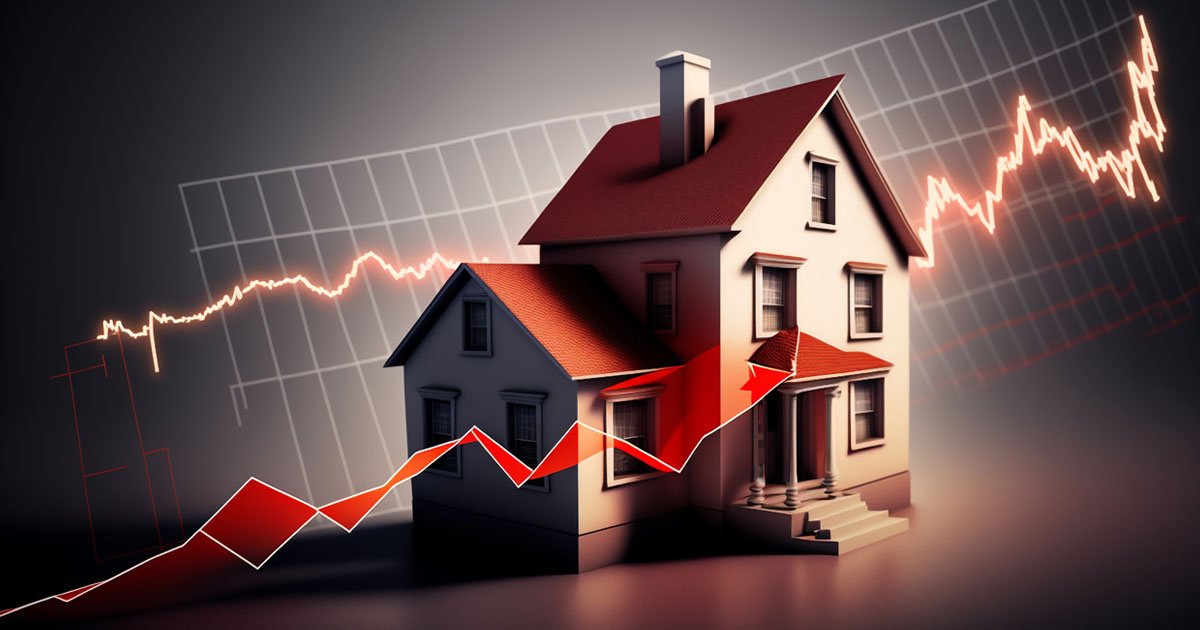Some Seattle homes will flood.
There isn't a more destructive type of disaster than a flood. So, to put floods into perspective, think about Hurricane Katrina.
According to the Atlanta Journal-Constitution, the most powerful winds blowing in that monster storm reached 174 mph.
Even though those devastating winds blew faster than most cars' top speed, the water that overran the city caused most of the destruction.
Climate change is expected to create more flooding events in coastal cities around the country, and some Seattle homes are in the line of fire.
Rainfall trend data collected by Seattle Public Utilities suggests a trend of fewer heavy rain events, but the storms that do hit the city will likely be more intense. The Washington Climate Change Impacts Assessment reached similar conclusions regarding rainy weather for the next 50 years.
What does this mean for homeowners? What does it mean for people who plan to sell their houses for cash in Seattle?
We'll give you information on the risk that climate change poses to Seattle home buyers, how likely you are to see flooding in Seattle areas in the future, and insight into which Seattle areas are most likely to flood.
We'll also explain how climate change data has already driven up the cost of homeownership in flood zones.
At-risk neighborhoods
The good news is that when it comes to flooding, the city of Seattle doesn't have its head in the sand.
A report from the Seattle Office of Emergency Management concluded that flood prevention is one of the city's most well-studied and well-funded mitigation efforts.
The government has dredged and filled in portions of local water bodies and maintains flood control structures like the Howard A. Hanson Dam.
The most worrisome threats are urban flooding and coastal flooding. Areas like Madison Valley and Midvale are most susceptible to urban flooding after heavy rainfalls over a short period.
Extreme weather could also lead to coastal flooding in Lake Washington or Puget Sound. Unfortunately, most of the buildings closest to those water bodies are residential homes.
Many of Seattle's coastlines are made of sea cliffs, commonly called bluffs, with homes built on top. Severe storms can cause water levels to rise and erode bluffs' feet, destabilizing homes' foundations.
Is your home in a flood zone?
According to Flood Factor, more than 10,500 properties in Seattle have a greater than 26% chance of experiencing severe flooding in the next 30 years.
Ten thousand properties equal thousands of homeowners, business owners, and employees who could have to pay for damage or be displaced. The good news is that's a relatively low number of properties. It represents only about 5% of land and buildings in the city.
But that's little comfort if your home happens to be represented in the minority. Some neighborhoods in that 5% are almost guaranteed to see their streets flood at some point in the next few decades.
Flood Factor predicts that homes spread throughout Seattle's western coast along Puget Sound and its eastern coast along Lake Washington are at the greatest risk.
There are also multiple neighborhoods in North Central and South Central Seattle facing significant flood threats.
Flooding puts everyone invested in the city's housing market at risk, from homeowners to companies that pay cash for houses.
Home prices and flooding in Seattle
The flood threat doesn't seem to have slowed down home prices in Seattle. According to Redfin, home prices in Seattle were up 5% in August 2022 compared to the previous year. But other upfront costs will grow more and more expensive for some homeowners.
Flood insurance rates in Seattle
If you live in a flood zone, it would be wise to buy flood insurance. The federal government used to subsidize flood insurance heavily, so homeowners living along coasts and in other flood zones did the math and decided the risk of living near a water body that could flood was worth the reward.
But now, the equation has changed. According to The Washington Post, in 2021, the Federal Emergency Management Agency (FEMA) started factoring the risk of climate change into the cost of flood insurance for the first time.
The agency predicts that policyholders will see their premiums increase by 18% per year for 20 years. That's a HUGE increase in the cost of owning a home in a flood plain!
Nick VinZant, a senior research analyst for QuoteWizard, said, "It doesn't matter if you believe in climate change; your insurance company does."
In other words, the federal government and insurance industry are passing more of the cost of future floods on to homeowners because data suggests that more severe storms capable of producing floods are coming.
Flood preparation in Seattle
Flood Factor has a map of areas most at risk of flooding in Seattle. You could use the map and other resources to avoid buying a home in a flood zone.
Also, consider buying flood insurance if you've already bought a house in a flood zone and don't have coverage.
And finally, if the risk of flooding is too stressful, if you've already suffered flood damage, or if the cost of rising flood insurance is too great, you could sell your Seattle house to We Buy Ugly Houses®.
We're not afraid of making cash offers for houses with flood damage in Seattle or houses that could be flooded in the future. We’re also in the communities near Seattle. We buy houses in Burien, Thurston County, Issaquah and Bellevue.
Wherever you are, we can visit your house and potentially make you a fair cash offer, so call us if you want to sell your house for cash in Seattle!
Call We Buy Ugly Houses® at 866-200-6475.


